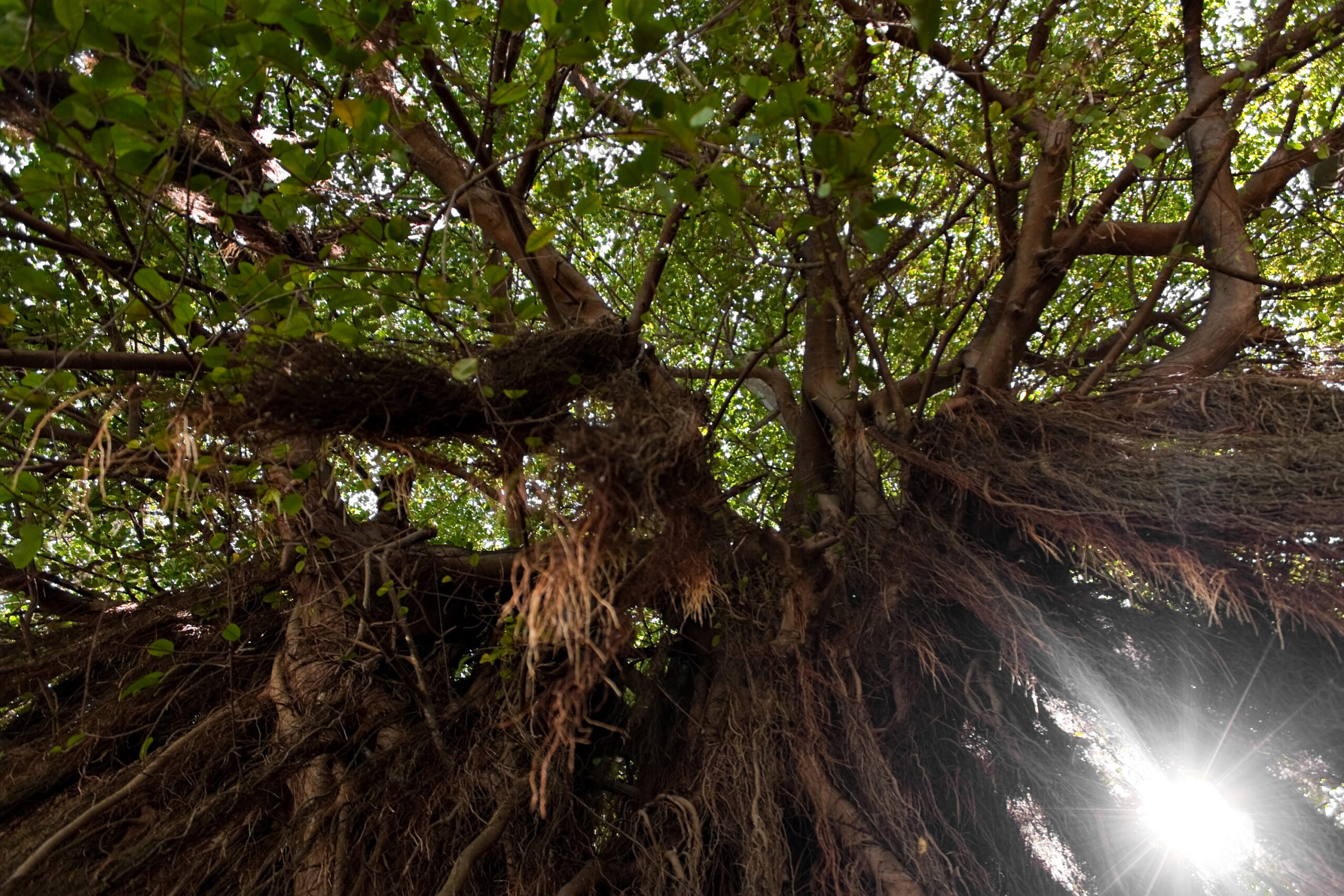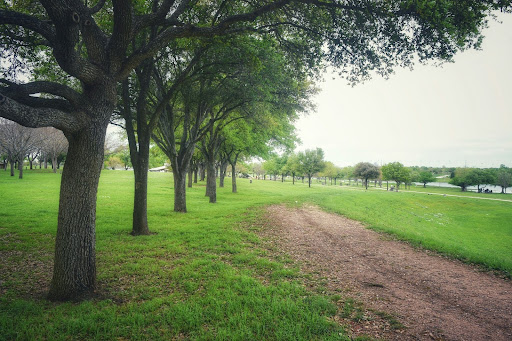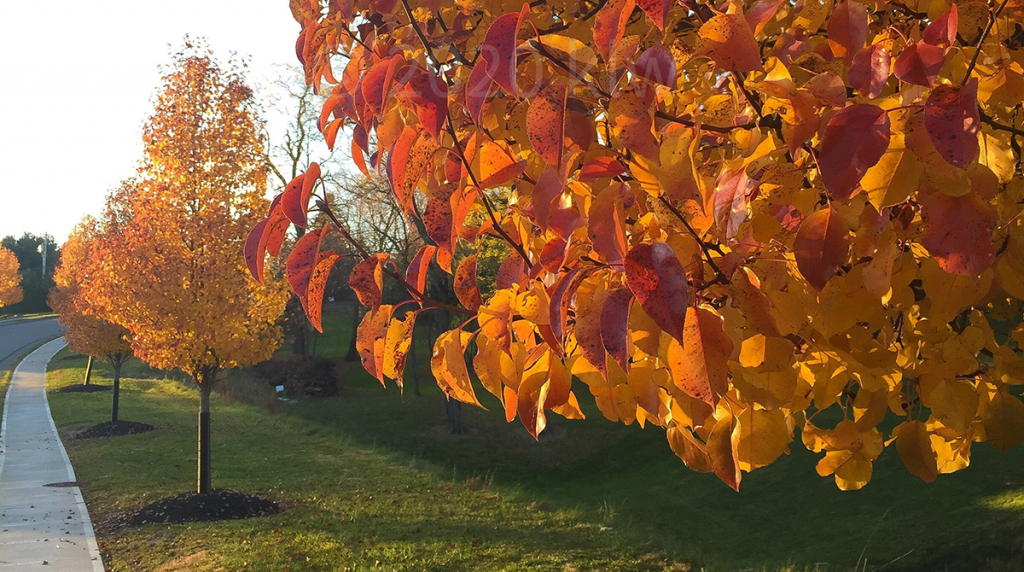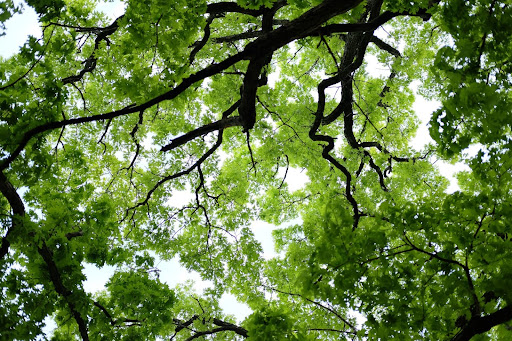
Date December 29, 2023
TreeNewal is a leading provider of tree care services in Fort Worth, Texas. They have been serving the community for many years, and have established themselves as experts in the field. As the city continues to grow and develop, it is important to take a closer look at the state of its tree canopy. This article will provide an analysis of tree canopy trends in Fort Worth, with a focus on insights into growth and urban impact.
In this article, we will explore the trends and insights that have emerged from our analysis of the tree canopy in Fort Worth. We will examine the impact of urbanization on the growth and sustainability of the city’s trees, as well as the steps that can be taken to ensure the continued health and vitality of Fort Worth’s tree canopy. By taking a closer look at this important issue, we can work together to create a more sustainable and vibrant city for generations to come.
Overview of Tree Canopy Analysis
Tree canopy analysis is the process of assessing the amount of tree cover in a particular area. It involves using aerial imagery and other remote sensing technologies to analyze the distribution, density, and health of trees in a given region. The analysis provides valuable insights into the state of the tree canopy, including trends and changes over time.
In Fort Worth, tree canopy analysis has become an increasingly important tool for understanding the city’s urban environment. With the city’s rapid growth and development, there is a growing need to monitor and manage the tree canopy to ensure its health and sustainability.
Here are some key insights from the tree canopy analysis in Fort Worth:
- The overall tree canopy coverage in Fort Worth is approximately 26%, which is slightly below the national average.
- The city’s tree canopy has been declining over the past decade due to various factors such as development, disease, and natural disasters.
- Certain areas in the city have a higher tree canopy coverage than others, with the highest coverage in the western and northern parts of the city.
- The analysis has identified several areas in the city that are in need of additional tree planting and preservation efforts.
Overall, tree canopy analysis provides valuable information for city planners, policymakers, and residents to make informed decisions about managing and protecting the urban forest.
Historical Growth Patterns
Fort Worth has a long history of tree planting and conservation efforts, dating back to the early 1900s. Over the years, the city has implemented several programs to promote tree planting, including the “Adopt-A-Tree” program and the “Tree City USA” designation. As a result, the city has seen significant growth in its tree canopy cover.
Here are some key historical growth patterns of Fort Worth’s tree canopy:
- In the 1980s, Fort Worth had a tree canopy cover of approximately 25%.
- By the early 2000s, the city’s tree canopy cover had increased to around 30%.
- In recent years, the city has continued to see growth in its tree canopy, with some estimates suggesting that the current tree canopy cover is around 35%.
Overall, these historical growth patterns demonstrate that Fort Worth has made significant progress in increasing its tree canopy cover over the years. However, there is still room for improvement, particularly in areas with low tree canopy cover.
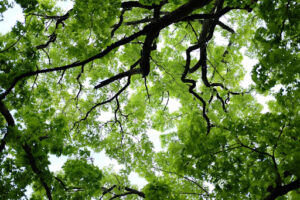
Current Tree Canopy Coverage
Fort Worth has a diverse range of tree species, providing a rich tree canopy that enhances the city’s aesthetic appeal and provides numerous environmental benefits. The city’s tree canopy coverage is currently estimated to be around 30%, which is slightly above the national average for urban areas.
The following are some key points about the current tree canopy coverage in Fort Worth:
- The city has over 2.5 million trees, covering an area of approximately 85 square miles.
- The most common tree species in Fort Worth include oak, cedar elm, pecan, and hackberry.
- The city’s tree canopy provides numerous benefits, including improving air quality, reducing the urban heat island effect, and enhancing biodiversity.
- Despite the relatively high tree canopy coverage, there are still areas in the city that lack sufficient tree cover, particularly in low-income neighborhoods and areas with high population density.
- The city has implemented various initiatives to increase tree planting and preservation, including a tree planting program and a tree ordinance that requires developers to preserve a certain percentage of existing trees on their property.
Overall, Fort Worth’s current tree canopy coverage is relatively healthy and provides numerous benefits to the city and its residents. However, there is still room for improvement, particularly in areas that lack sufficient tree cover.
Factors Influencing Urban Tree Canopy
Urban areas face unique challenges when it comes to maintaining and increasing tree canopy coverage. Some of the factors that influence urban tree canopy include:
- Land Use: The way land is used in urban areas can have a significant impact on the amount of tree canopy. For example, areas with more green spaces and parks tend to have higher tree canopy coverage, while areas with more buildings and pavement have less.
- Climate: The climate of a region can affect the growth and survival of trees. Urban areas often have a modified climate due to the urban heat island effect, which can make it more difficult for trees to thrive.
- Soil Quality: The quality of soil in urban areas can be poor due to compaction, pollution, and other factors. This can make it harder for trees to grow and can limit the amount of tree canopy coverage.
- Maintenance: The maintenance of trees in urban areas is crucial for their survival and growth. Regular pruning, watering, and pest control can help ensure that trees are healthy and can continue to provide canopy coverage.
- Tree Species Selection: Choosing the right tree species for urban areas is important for maximizing tree canopy coverage. Some species are better suited to the unique challenges of urban environments, such as pollution and compacted soil.
By understanding these factors, urban planners and tree care professionals can work to increase tree canopy coverage in urban areas like Fort Worth.
Environmental Benefits of a Healthy Tree Canopy
A healthy tree canopy in Fort Worth provides numerous environmental benefits, including:
- Air Quality Improvement: Trees absorb carbon dioxide and other pollutants from the air and release oxygen, helping to improve air quality.
- Temperature Regulation: Trees provide shade, helping to reduce the urban heat island effect and lower temperatures in the city.
- Water Quality Improvement: Trees absorb and filter rainwater, reducing runoff and improving water quality.
- Wildlife Habitat: Trees provide habitat for wildlife, including birds and insects, supporting biodiversity in the city.
- Reduced Energy Consumption: Trees provide shade and cooling, reducing the need for air conditioning and energy consumption in buildings.
Overall, a healthy tree canopy in Fort Worth is essential for maintaining a healthy and sustainable urban environment.
Challenges in Canopy Management
Managing a city’s tree canopy comes with its own set of challenges. Fort Worth is no exception. Some of the challenges that come with managing the city’s canopy include:
- Competition from other vegetation: Trees in urban areas often have to compete with other vegetation for resources such as water, nutrients, and sunlight. This can lead to stunted growth and poor health of the trees.
- Limited space: Urban areas have limited space for trees to grow. This can lead to overcrowding, which can cause trees to grow in unnatural shapes and sizes. It can also lead to the removal of trees to make way for development.
- Invasive species: Invasive species can pose a threat to the health of the city’s tree canopy. These species can outcompete native species, leading to a decline in biodiversity.
- Climate change: Climate change can have a significant impact on the city’s tree canopy. Extreme weather events such as droughts and floods can damage trees, while rising temperatures can make the city’s environment less hospitable for certain species.
- Budget constraints: Managing the city’s tree canopy requires resources such as personnel, equipment, and materials. Budget constraints can limit the city’s ability to effectively manage its canopy.
It is important for the city to address these challenges in order to maintain a healthy and thriving tree canopy.
Strategies for Canopy Enhancement
Fort Worth’s tree canopy is an essential part of the city’s urban landscape. It provides numerous benefits, including reducing air pollution, mitigating the urban heat island effect, and improving mental health and well-being. Here are some strategies for enhancing the city’s tree canopy:
- Planting new trees: Fort Worth can increase its tree canopy by planting new trees. The city can work with local organizations, such as TreeNewal, to identify suitable locations for tree planting and to select appropriate tree species.
- Protecting existing trees: It is essential to protect existing trees in Fort Worth. The city can enforce existing tree protection ordinances and provide incentives for property owners to maintain and care for their trees.
- Educating the public: Fort Worth can educate the public about the benefits of trees and the importance of tree canopy preservation. The city can work with local schools and community organizations to provide educational programs and resources.
- Collaborating with other cities: Fort Worth can collaborate with other cities to share best practices and strategies for enhancing tree canopy. This can include sharing resources, information, and expertise.
By implementing these strategies, Fort Worth can enhance its tree canopy and continue to reap the benefits of a healthy urban forest.
Community Involvement and Education
Fort Worth’s Tree Canopy Analysis has highlighted the importance of community involvement and education in maintaining and improving the city’s tree canopy. The following are some of the ways in which the community can be involved in tree preservation and education:
- Volunteering: There are many opportunities for volunteers to get involved in tree planting and maintenance programs in Fort Worth. Organizations such as the Fort Worth Parks and Community Services Department and the Texas Trees Foundation offer volunteer programs that provide training and guidance to those interested in helping to preserve and expand the city’s tree canopy.
- Education Programs: Educational programs are an essential component of tree preservation efforts. The Fort Worth Independent School District offers a range of environmental education programs that include lessons on tree care and preservation. Additionally, the Texas Trees Foundation offers educational programs for residents, businesses, and community organizations on the importance of trees and their impact on the environment.
- Tree Planting Programs: Tree planting programs are an effective way to increase the city’s tree canopy. Fort Worth has several tree planting programs, including the Neighborhood Tree Planting Program and the Adopt-A-Tree Program, which provide free trees to residents and businesses.
- Tree Care and Maintenance: Proper tree care and maintenance are essential to the health and longevity of Fort Worth’s tree canopy. The city provides resources and guidance on tree care and maintenance, including information on pruning, watering, and pest control.
By getting involved in these programs, residents and businesses can help to ensure that Fort Worth’s tree canopy continues to thrive and provide numerous benefits to the community.
Future Outlook for Fort Worth’s Tree Canopy
Fort Worth’s tree canopy has experienced significant growth over the past few years, and it is expected to continue to expand in the future. However, it is important to note that the growth rate may slow down due to various factors such as urbanization and climate change.
Here are some key factors to consider when looking at the future outlook for Fort Worth’s tree canopy:
- Urban Expansion: As Fort Worth continues to grow, there is a risk of losing some of the city’s green spaces to urban development. It is important for city planners to prioritize the preservation of existing trees and to plant new ones to maintain the city’s tree canopy.
- Climate Change: Climate change can have a significant impact on tree growth and survival. Fort Worth’s trees may face increased stress due to rising temperatures and changes in precipitation patterns. It is important for the city to monitor the health of its trees and take steps to mitigate the effects of climate change.
- Tree Diversity: Fort Worth’s tree canopy is currently dominated by a few species, which can make it more vulnerable to pests and diseases. It is important for the city to promote diversity in tree species to increase resilience and ensure the long-term health of the tree canopy.
Overall, the future outlook for Fort Worth’s tree canopy is positive, but it is important to take steps to protect and expand the city’s green spaces. By prioritizing the preservation of existing trees, planting new ones, and promoting diversity in tree species, Fort Worth can continue to enjoy the many benefits of a healthy tree canopy for years to come.
Your Role in Fort Worth’s Green Future:
Getting involved with TreeNewal for tree canopy analysis and care is more than a service – it’s a commitment to a greener, more sustainable Fort Worth. Visit TreeNewal’s website or reach out to them to explore how you can be a part of maintaining and enhancing our city’s tree canopy.
Together, with TreeNewal’s expertise and your passion for a greener environment, we can ensure the continued growth and health of Fort Worth’s urban forest, creating a lush and vibrant canopy for generations to come.

